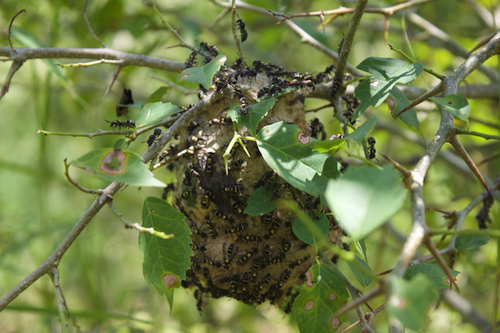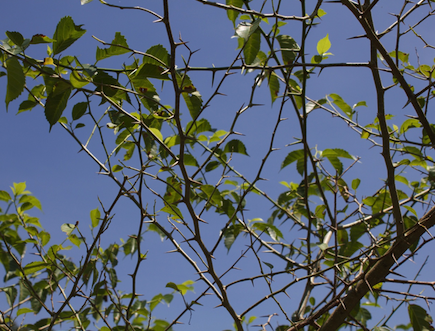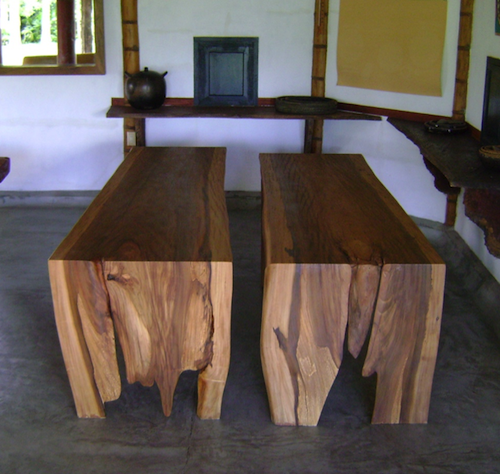
During the last month, I have been measuring dinde trees of different ages on farms of the coffee region in Colombia. It hasn’t been easy, but I can’t deny that it has been fun and rewarding. I have been bitten by mosquitoes and angry ants, stung by the dinde thorns countless times, and wrapped in cobwebs; I've slipped and fallen on steep slopes, I have been surprised by heavy rains, my clothes have been shredded passing through wire fences, and I’ve sweated under the intense midday tropical sun. But I also have seen beautiful colorful spiders, worms and butterflies, shimmering beetles, irritable bees and wasps. I have photographed iridescent hummingbirds, loud parrots, elusive owls, runner agoutis, minute flowers and mysterious unidentified plants. I’ve taken part in inspiring projects where agroecology blends with art, and I have learned valuable lessons from wise campesinos who have, very courageously, opted out of the industrial farming model.

In conversations with people that I have met during my research, I have noticed that not only is there limited knowledge and information regarding the silvicultural management of trees but also about which species to plant according to climate, soils, and the different needs of the farm. I also confirmed that, in many cases, the reason why more trees are not conserved or planted on farms is because of the inefficient and complicated procedures that farmers have to endure inorder to take advantage of their timber products. It became apparent that agroecological producers need markets that will pay a fair price for the products their farms produce. They also need to create value chains for lesser-known products coming out of diverse agroecological systems.
Above all, I have been able to see the region where I was born and raised with different eyes. These different eyes inquire why a certain plant grows here and not there, which species could be used to recover a degraded soil, which one could be an indicator of a fertile or a dry soil, which one could restore water quality and flow, which one attracts birds, which one provides good shade for crops, which one attracts pest’s natural enemies, which one produces valuable wood or firewood, which one has medicinal properties, and which one has all of the above!
